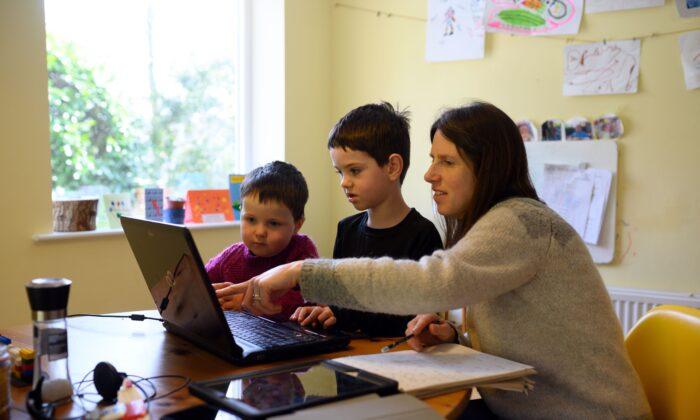If you thought 1992 was the year of the woman, 2018 will be remembered as the year of the woman on steroids.
On the cusp of the midterm elections, there are more women running for political office than ever before in our nation’s history. Approximately 23 women—15 of them Democrats—are running for seats in the U.S. Senate; 239 women are vying for slots in the U.S. House; and 16 women are seeking to be elected governor of their respective states.
What’s driving this trend? What does this mean for society?
Six U.S. Senate races feature women candidates running against other women, most notably Arizona’s Senate seat, featuring Republican Rep. Martha McSally and Democrat Rep. Kyrsten Sinema. Of course, most politicos are aware of the young, controversial Alexandria Ocasio-Cortez, who upended incumbent Rep. Joe Crowley in New York, despite espousing far-left political views.

At the state level, women seem to be vying for seats all over the map and attempting to bust down barriers doing so. If Paulette Jordan wins her race in Idaho, she will be the nation’s first Native American governor. Likewise, if Rep. Kristi Noem—a Republican—wins, she will become the first female governor of South Dakota. Stacey Abrams, a Democrat, is looking to become the first black female governor of Georgia.
Why So Many?
So why the sudden, significant increase of women running for political office? In many other areas, women have been slowly “catching up” to men. In terms of education, women outnumber and outperform men, even earning more doctoral degrees. When women are compared to men in the workplace—job for job, hour for hour—the wage gap all but disappears.
Politics has almost always been dominated by men, so it seems a natural next step to become the last frontier for women in a first-world, industrialized, Western nation. Part of the increase in women seeking office is likely due to the natural course of more and more women responding to the first, second, and third waves of feminism, which have allowed for more legal, societal, and political freedom than ever before.
Julie Gunlock, director of the Independent Women’s Forum’s center for progress and innovation, wrote in an e-mail she thinks the surge of women running for office is “very clearly a reaction to Trump’s victory” and for many on the right, a reaction to the Kavanaugh hearings, since there are many women “who want to protect the rule of law and the presumption of innocence.”
Affecting Society
Once in office, women will attempt to make their mark on policy. With greater experience in elected office than their male counterparts, they may have a head start: More than half of the women who are running for governorships have previous experience as elected officials—only 37 percent of men do—and “80 percent of women running for the Senate have previously held elected office, compared with just 22 percent of men,” according to the website FiveThirtyEight.More women in office may mean more dialogue on issues that tend to primarily affect women (although they also affect men), including domestic violence, paid maternal or parental leave, abortion, and health care (particularly contraceptives).
Gunlock thinks more women running for office will have a positive effect on women and politics. “I think women will be inspired by seeing women run.”





